Sometimes fungi show up in your stroganoff dish or in a dad joke. But these “fun guys” can be microscopic and live pretty much everywhere. Most of them can live on your skin without you noticing.
But there are a few species that can cause a problem called a fungal skin infection.
What’s a fungal skin infection?
A fungal skin infection is an infectious skin disease caused by a fungus. The symptoms can vary, but most fungal skin infections cause rashes, bumps, irritation, scaly skin, redness, swelling, or blisters.
They usually spread by skin-to-skin contact. Many can be treated with over-the-counter (OTC) antifungal creams, especially in mild cases. But some will require a prescription from a doctor.
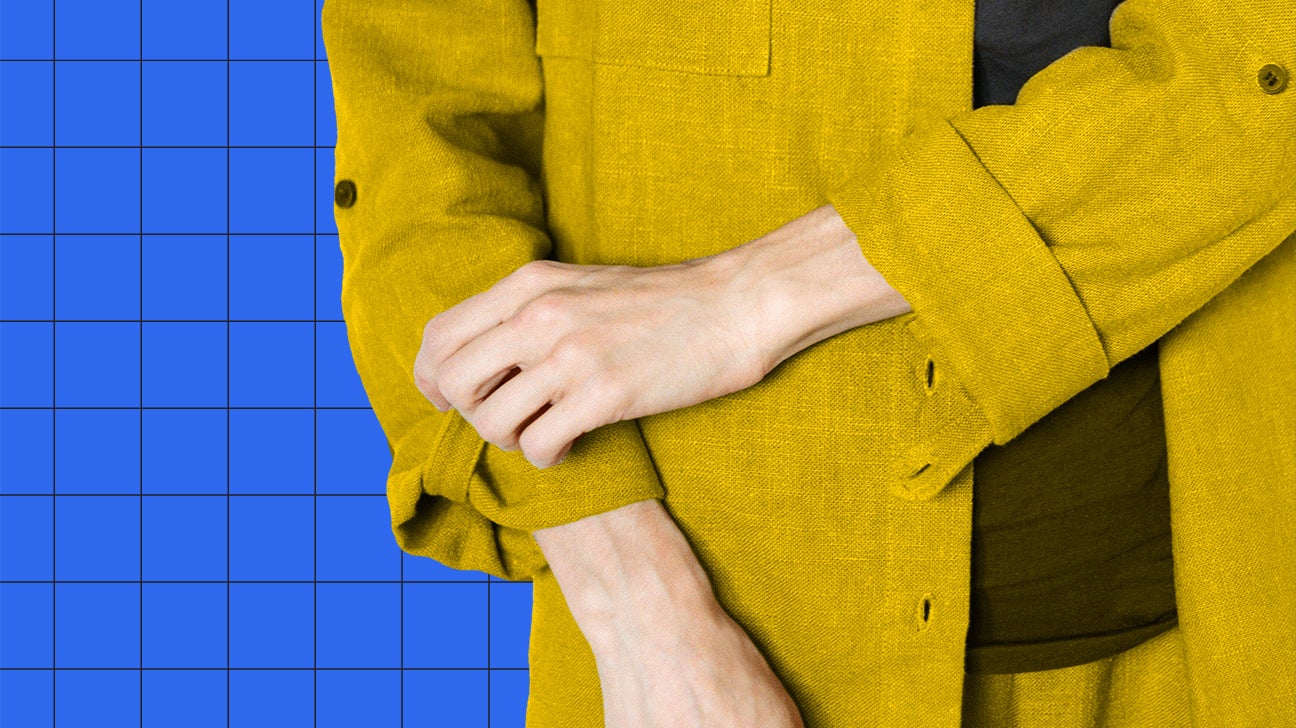
What are the most common types of fungal skin infections?
There are a bunch of different fungal skin infections that you could get, but these are the most common.
1. Athlete’s foot
Athlete’s foot (aka Tinea pedis) is a type of fungal infection that affects your feet. It usually shows up between your toes, but it can also occur on the soles of your feet and in the area around your toenails.
It’s also super common. Almost everyone will deal with athlete’s foot at some point in their life. Somewhere between 3 and 15 percent of the population has it right now.
Symptoms
If you have mild athlete’s foot, you might not even notice. But if the skin between your toes gets moist and flaky or your feet are itching like crazy, something’s afoot. You might also notice some swelling.
A more severe (but rare) kind of athlete’s foot also causes significant inflammation, blisters, pus-filled bumps, and open sores. Your skin might feel stretched or tight.
Cause
Athlete’s foot is caused by a group of fungi called dermatophytes. They enter your skin through small cracks or wounds. They infect the top layer of your skin and feed on a protein called keratin.
The fungi can be transferred through skin-to-skin contact or contact with infected skin flakes. But to turn into an infection, the fungi need moisture and warmth. That’s why they tend to infect sweaty feet.
Treatment
Athlete’s foot is usually treated with OTC creams, gels, or sprays that you can find at pharmacies or grocery stores. In some very rare cases, a doctor could prescribe something stronger.
2. Jock itch
Also known as Tinea cruris, jock itch is as unpleasant as it sounds. It’s usually not serious, though.
It’s a type of fungal infection that causes a rash on warm, moist areas of your skin, including places like your groin, inner thighs, or buttocks. It’s particularly common in younger folks.
Symptoms
As you probably guessed from the name, this infection makes you itch (and burn) in some, um, awkward places. The skin in the affected area might also be red, flaky, or scaly.
Cause
Jock itch is also caused by dermatophytes that usually live harmlessly on your skin. When you stay in your sweaty gym clothes after a workout, they can multiply more quickly, thanks to the extra moisture. That can cause an infection.
This type of fungus is super contagious. You can contract it through direct contact with someone else who has it or by touching their dirty clothes.
Treatment
Jock itch can usually be treated at home by:
- washing the area with soap and warm water
- drying off after bathing and working out
- changing clothes every day
- using an OTC antifungal cream, powder, or spray
If none of those methods work, contact a doctor so they can prescribe something stronger.
3. Ringworm
Despite its name, ringworm has nothing to do with worms. It’s a fungal skin infection that forms a ring-shaped rash with a winding, worm-like edge around it. When the rash occurs on your scalp, it’s called Tinea capitis.
Symptoms
Ringworm typically causes itchy, red, scaly, and cracked skin in a circular shape. When it’s on your scalp, it can also make you lose some of your hair.
Cause
According to the CDC, there are 40 different dermatophyte species of fungi that can cause ringworm. The most common types that affect your scalp are Trichophyton and Microsporum.
These fungi can spread from person to person, but you can also get ringworm by touching a contaminated surface or petting dogs, cats, or other animals that are carrying the fungi.
Treatment
Tinea capitis usually needs to be treated with prescription antifungal medications, because antifungal creams and powders don’t work well on the scalp. You’ll probably need to take the prescription medication for 1 to 3 months, depending on how severe your case is.
4. Yeast infections
Several kinds of yeast infection can occur in different areas of your body, such as your vagina, mouth, nipples (Thrush), or skin folds (Intertrigo). Yeast infections can also cause diaper rashes on babies.
Symptoms
Yeast infections vary depending on where they show up on your body. On your skin, symptoms usually include a rash, pimple-like bumps, patches that ooze clear fluid, or itchiness and burning sensations.
Cause
Yeast infections are caused by a type of fungus called candida that likes to live in warm, moist places. If you’re taking antibiotics, you’re at a higher risk of getting a yeast infection.
Treatment
Treatment depends on where the yeast infection is, but most skin yeast infections are treated with medicated creams. If you have a severe infection or a weakened immune system, a doctor might prescribe something stronger.
5. Toenail fungus
Toenail fungus (aka onychomycosis) is a common fungal infection that affects your toenails. It can also affect your fingernails and the skin around your nails.
Onychomycosis is very common, accounting for 90 percent of all toenail infections around the world.
Symptoms
If you have onychomycosis, your nails might turn a different color than they usually are. They may also break easily or become thicker than normal.
Cause
This type of fungal infection may be caused by dermatophytes, yeasts, or certain kinds of molds.
Treatment
This is one of the more challenging fungal infections to get rid of. There are creams and pills you can use, but they can take a long time to work. You might need to use a topical treatment for up to a year, and oral meds could take up to 3 months to show results.
It’s also possible for toenail fungus to come back after treatment. In some severe cases, a doctor might need to remove some (or all) of your nail.
What does a fungal skin infection look like?
Still not sure what type of infection you might be dealing with? These examples of common fungal infections could help.
When should I call a doc?
A lot of fungal skin infections eventually get better if you use some OTC antifungal treatments. But some fungal infections are more difficult to get rid of than others. (Looking at you, toenail fungus.)
If you’ve been trying OTC treatments and the infection hasn’t gotten better after a week or two, contact a doctor. You should also let them know if the infection comes back as soon as you stop applying the OTC treatment.
If your at-home treatment seems to be making the infection worse, stop using it immediately and get professional help.
It’s also not worth risking a worsening infection if you have an underlying condition that weakens your immune system or if you have diabetes.
Can you prevent fungal skin infections?
There are a few ways to lower your risk of getting a fungal infection. Just remember that some risk factors might be out of your control (like a weakened immune system).
Try these tips to keep fungal infections away:
- Prioritize personal hygiene.
- Don’t share clothes, towels, or other personal items.
- Wear clean clothes every day (especially clean underwear and socks).
- Wear breathable fabrics (like cotton).
- Dry off your whole body (including any skin creases) after taking a bath or shower or going swimming.
- Stay away from pets or animals that are showing signs of a fungal infection.
Could this rash be something else?
The short answer: yes.
Not every rash is a sign of a fungal infection. And not all dry, itchy skin is caused by a fungal infection either. Here are a few other things that could be bugging you.
Atopic dermatitis
In other words, you might be dealing with eczema, a chronic condition that causes dry, red, scaly, itchy, or cracked skin.
Eczema usually shows up on your inner elbows, on the backs of your knees, or in the folds of your neck. But unlike fungal infections, eczema will be triggered by weather changes, certain soaps, or stress.
A dermatologist can diagnose eczema and may prescribe some medications or light therapy. Moisturizers can help too.
Psoriasis
Psoriasis is a chronic skin condition caused by an immune system dysfunction. It causes red, scaly patches on your body, including on your elbows and knees. Silvery, flaky plaques can be a giveaway that you should get checked out.
There’s no cure for psoriasis, but a doctor can suggest treatments to help you manage your symptoms.
Shingles
Chickenpox and shingles are caused by the same virus. So if you’ve had chickenpox, that virus is already in your body and shingles can show up whenever it wants. Shingles causes small, clustered red bumps on your body that look a little like pimples or hives.
Shingles is also hella painful. If you think you have it, seek medical attention ASAP, especially if you have a suppressed immune system.
tl;dr
Fungi are everywhere, most of the time just minding their own business. But sometimes they can cause skin infections that look like rashes or dry and flaky skin. They’ll usually feel itchy too.
The good news is that most are treatable with OTC medications. Contact a healthcare pro if your symptoms don’t get better, if you aren’t sure whether it’s a fungal infection, or if you have a preexisting condition that weakens your immune system.
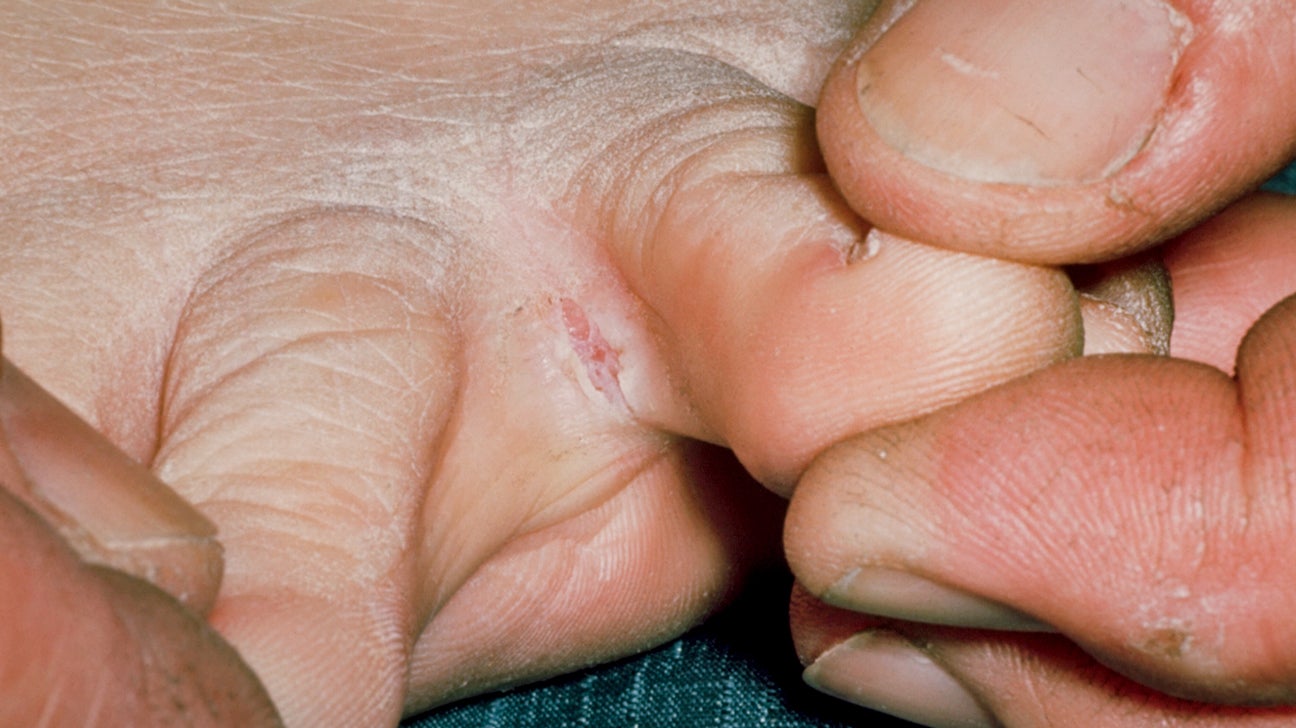
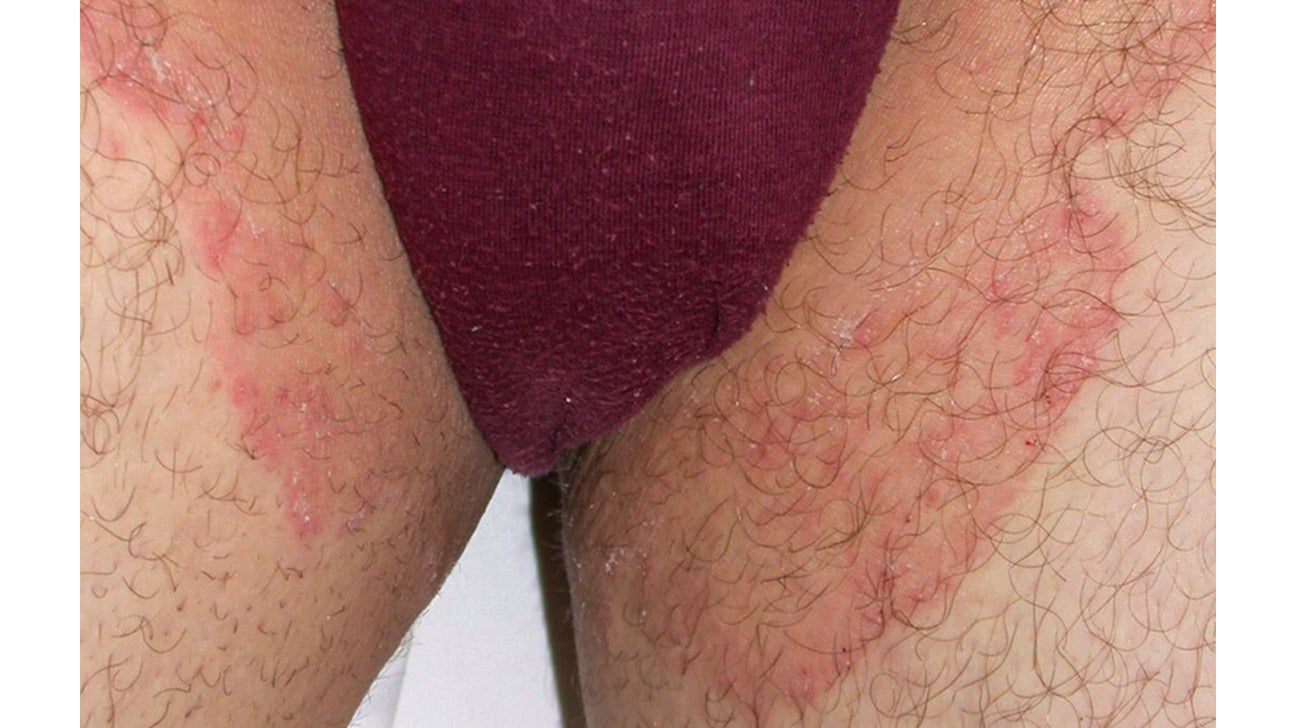
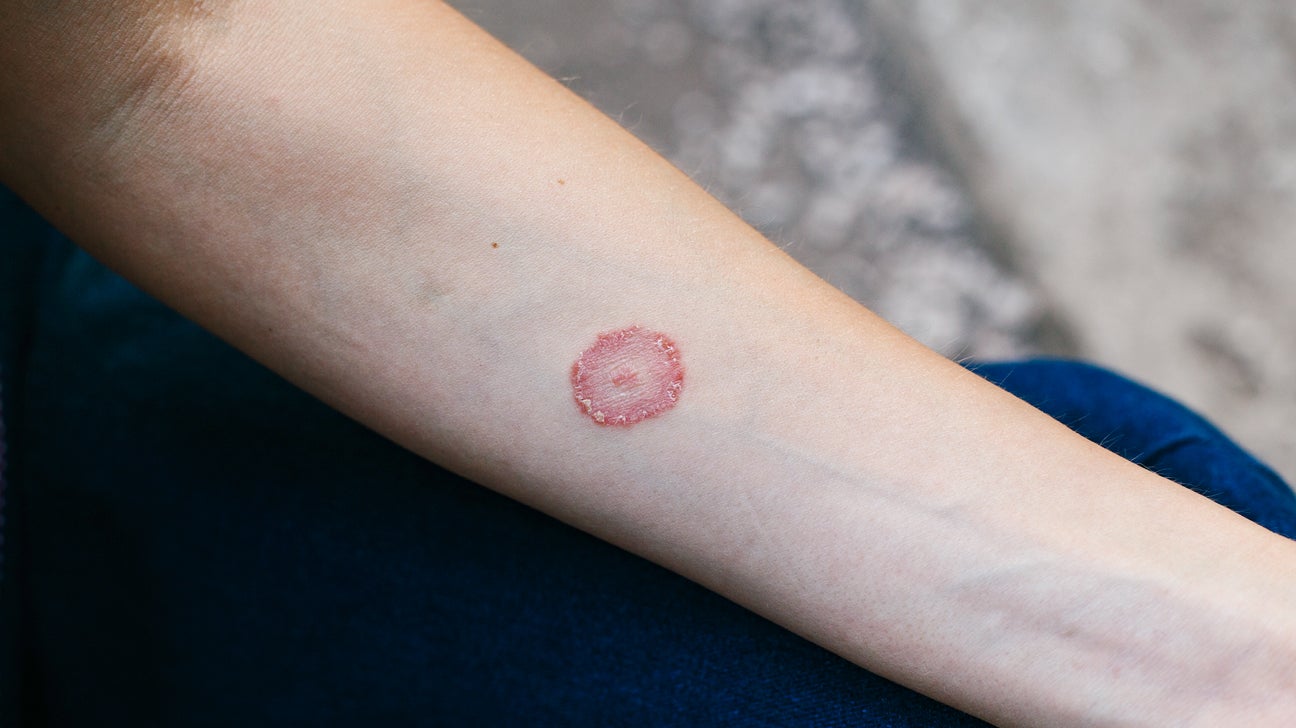
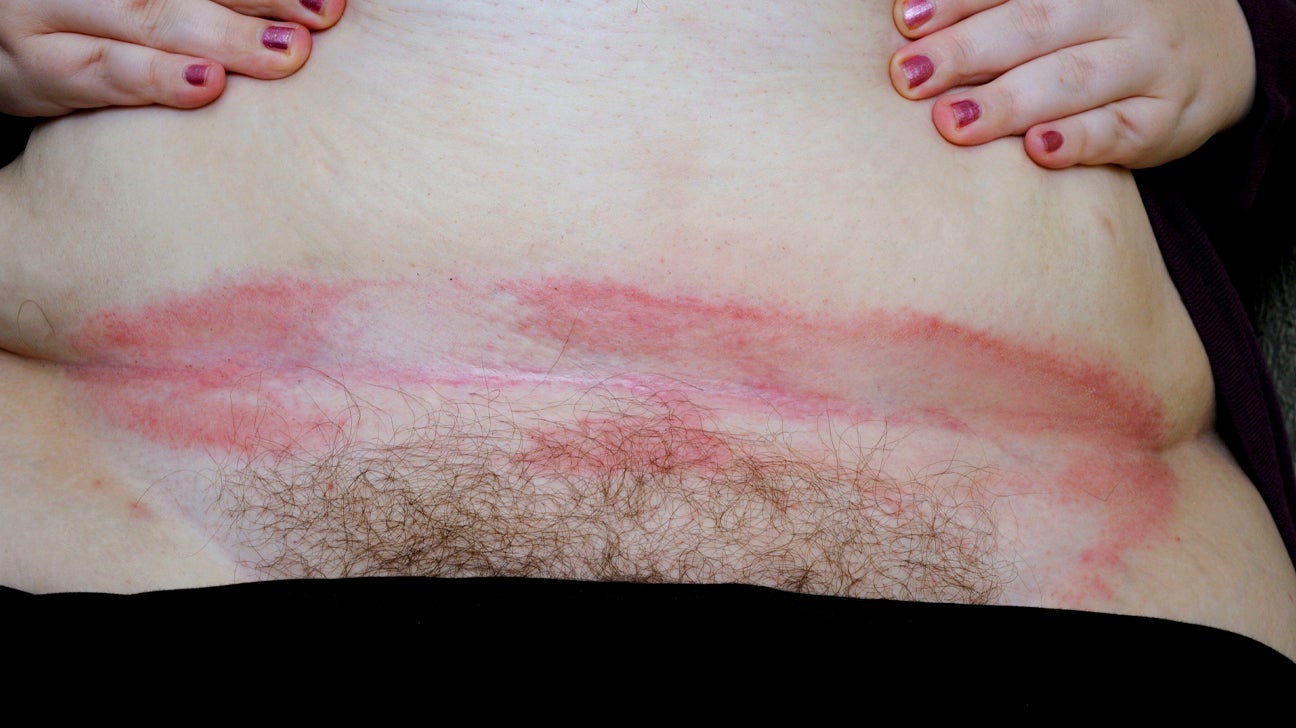
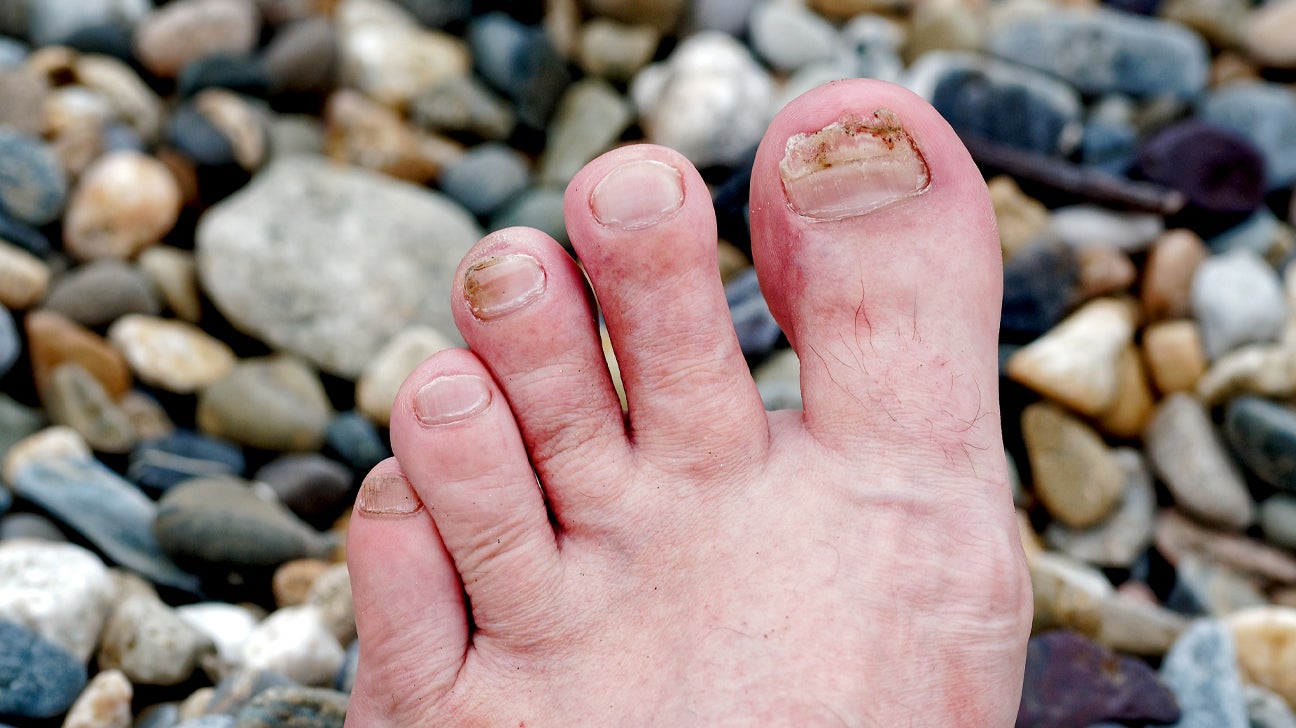

0 Commentaires